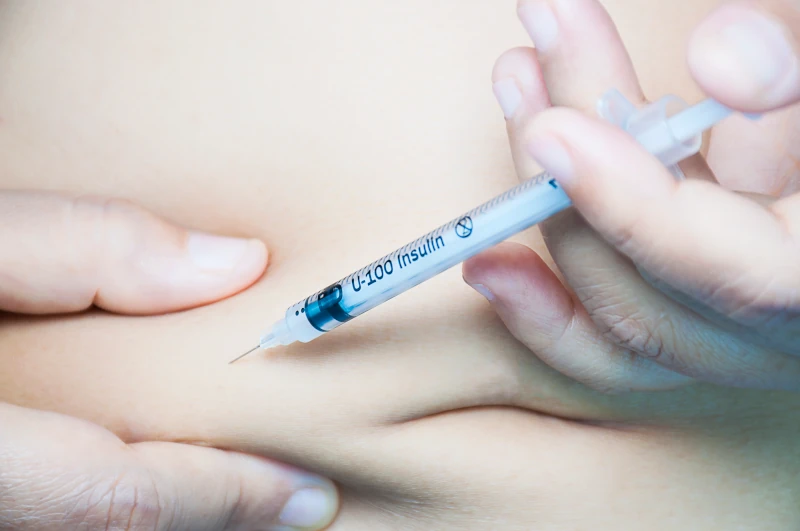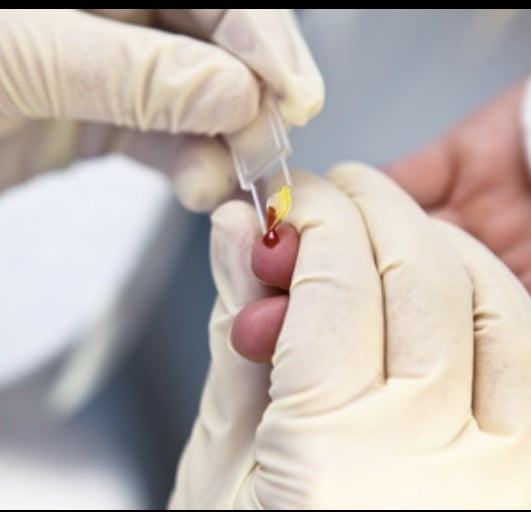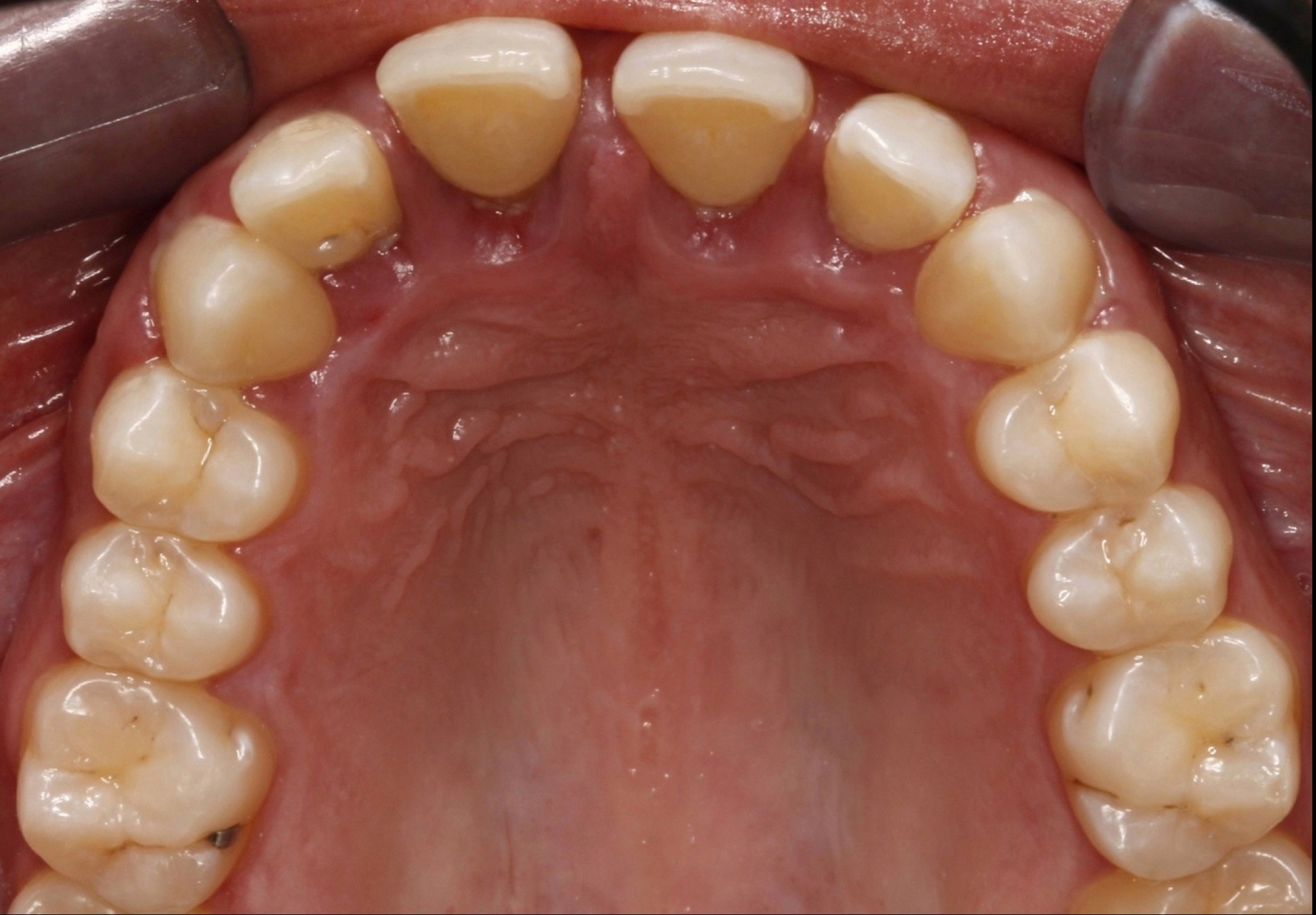- Office Hours Mon - Fri 9:00 am – 4:00 pm EST
Type 2 Diabetes Mellitus (DM) is now increasing health and financial burdens in the United States and worldwide. DM and its precursor, prediabetes, together affect 103 million people, one-third of the U.S. population. But about 28 percent of patients with diabetes and 93 percent of those with prediabetes don’t know it.
Maybe you’ve heard that DM is the leading cause of new cases of blindness and of kidney failure, or that more than 60 percent of lower limbs amputated in non-trauma cases are due to diabetes. But did you know that diabetics have death rates due to heart disease and stroke that are two to four times that of people without the disease?
There’s one more statistic that you may not be aware of: After analyzing data from the National Health and Nutrition Examination Survey for 2009 to 2010, researchers found that a startling 60 percent of those with DM had moderate to severe periodontal disease (PD).
 Most people know that type 2 diabetes stems from problems controlling blood sugar, which is primarily a cascading effect from over-exposure to sugar itself. For thousands of years, the only sugar humans ate was packed into fruits and vegetables and came with an antidote to slow down uptake – fiber! The only form of straight-up sugar was honey, which was well-protected by bees. But, as you know, today we take sugar from sugar cane, beets, and corn and tuck it into hundreds of foods.
Most people know that type 2 diabetes stems from problems controlling blood sugar, which is primarily a cascading effect from over-exposure to sugar itself. For thousands of years, the only sugar humans ate was packed into fruits and vegetables and came with an antidote to slow down uptake – fiber! The only form of straight-up sugar was honey, which was well-protected by bees. But, as you know, today we take sugar from sugar cane, beets, and corn and tuck it into hundreds of foods.
 When we eat or drink foods with refined sugar, we get an immediate blood-sugar rush, which triggers an insulin spike. Insulin tells the cells in the liver, muscle, and fat tissue to take up glucose (sugar) from the blood and store it.
When we eat or drink foods with refined sugar, we get an immediate blood-sugar rush, which triggers an insulin spike. Insulin tells the cells in the liver, muscle, and fat tissue to take up glucose (sugar) from the blood and store it.
If you constantly bombard your body with sugar, your cells become resistant to the constant outpouring of insulin. This condition is known as insulin resistance, and it’s an inflammatory pre-diabetic condition. Eventually, your pancreas’ insulin pump burns out.
PD and DM share a bi-directional relationship. That means, active Periodontal Disease compromises blood sugar control and unstable Diabetes complicates the stabilization of PD. The effects of PD and DM on each other are likely due to the fact that both contribute to a hyper-inflammatory state in the body.
Managing gum disease for the unidentified diabetic is like trying to wrestle a gorilla with one hand tied behind your back. It’s hard enough with two hands.
 To help my perio patients to health, I wanted to appropriately screen my patients for Diabetes and prediabetes—and test for A1C if indicated. But all the validated screening surveys, like the one on the American Diabetes Association website, seemed to include BMI, which requires weighing a patient.
To help my perio patients to health, I wanted to appropriately screen my patients for Diabetes and prediabetes—and test for A1C if indicated. But all the validated screening surveys, like the one on the American Diabetes Association website, seemed to include BMI, which requires weighing a patient.
You’ve probably never been weighed at the dental office and that probably isn’t going to change soon. So I partnered with Dr. Saleh Aldasouqi, chairman of Michigan State University’s Division of Endocrinology, to conduct research on diabetes and prediabetes screening in my dental office.
They randomly tested 500 of her adult patients’ blood sugar levels with an HbA1c (also known as A1c) finger-stick blood test. The same patients answered a 14-question proposed risk assessment for diabetes and the blood results were statistically compared to their answers. From there an appropriate screening tool was designed, to be used before a chair-side fingerstick A1c testing.
Today, my practice routinely monitors A1c on periodontal diseased and high-diabetes-risk patients. Conveniently periodontal maintenance prophys are often every 3 months—that’s the same time interval recommended for A1c monitoring. Evaluating glycemic control in conjunction with active periodontal inflammation is critical to the health of periodontal patients.
Although PD may prove to be an independent risk factor for Type 2 DM, further research is underway to determine if treating PD will reduce the onset or progression of DM and the burden of disease complications.
Keep in mind that by the time diabetes is diagnosed, significant complications have already occurred. In fact, one researcher estimated that at least 10 years of potential preventive measures are wasted before diabetes is diagnosed.
Remember: Even if your patient has a family history of DM, you can take action that will prevent them from ever experiencing disease and its life altering impacts. They will forever be grateful.
Meanwhile, you will soon be recognized as a practice of distinction around Total Health Dentistry and draw the very best health-seeking new patients from far and wide.
Want to learn more about treating your patient’s systemic illness from the dental chair? Check out our new course with Dr. Maples, Total Health Dentistry for Successful Restorative Private Practice. Learn more here
{{cta(‘9ad0eae5-d50b-4406-a0bc-1957befb4baf’)}}
ADA CERP is a service of the American Dental Association to assist dental professionals in identifying quality providers of continuing dental education. ADA CERP does not approve or endorse individual courses or instructors, nor does it imply acceptance of credit hours by boards of dentistry.
Concerns or complaints about a CE provider may be directed to the provider or to the Commission for Continuing Education Provider Recognition at ADA.org/CERP.